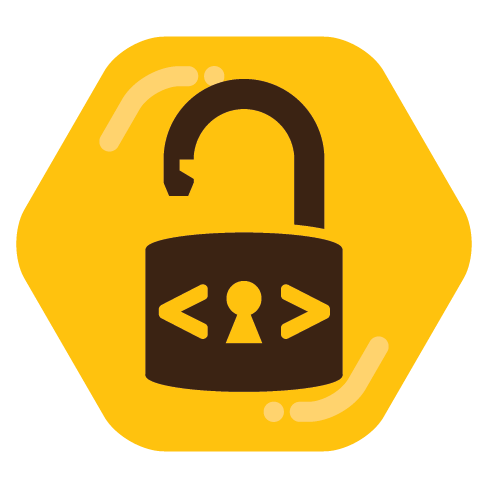One of the arguments for free and open source software is that its transparency allows for anyone to evaluate the quality and security of its code and contribute to its improvement.
I’m curious about how many people actually can and do that?
I’m a user of software, not a programmer, but I do sometimes scan over install scripts to see if they contain URLs that I don’t recognise, although I’m not at all equipped to map and dig into the code of what I run and neither do I have the time to.
Do you?
Trying to guage how this theoretical benefit translates into the real world.


I like to think that, at the very least, open-source projects are less likely to contain malware. Only a single person needs to find something alarming and raise it to the community, and it can be immediately verified by others. To me, then, open-source software is more trustworthy than closed-source. Being able to look at the code myself is nice, but I rarely do. I assume that someone trustworthy is looking at the code, but “anyone who understands the code” of an open-source project is a lot bigger group of potentially-trustworthy people than “just the developers” of a closed-source project.
As for the quality of open-source code, it’s nice that open-source projects are generally hosted on platforms where you can submit bug reports. Whether or not someone has the time to devote to fixing it is another issue, given how underfunded many important open-source projects are, but it’s a category above closed-source projects where you’re lucky if you get an email address to send complaints to.